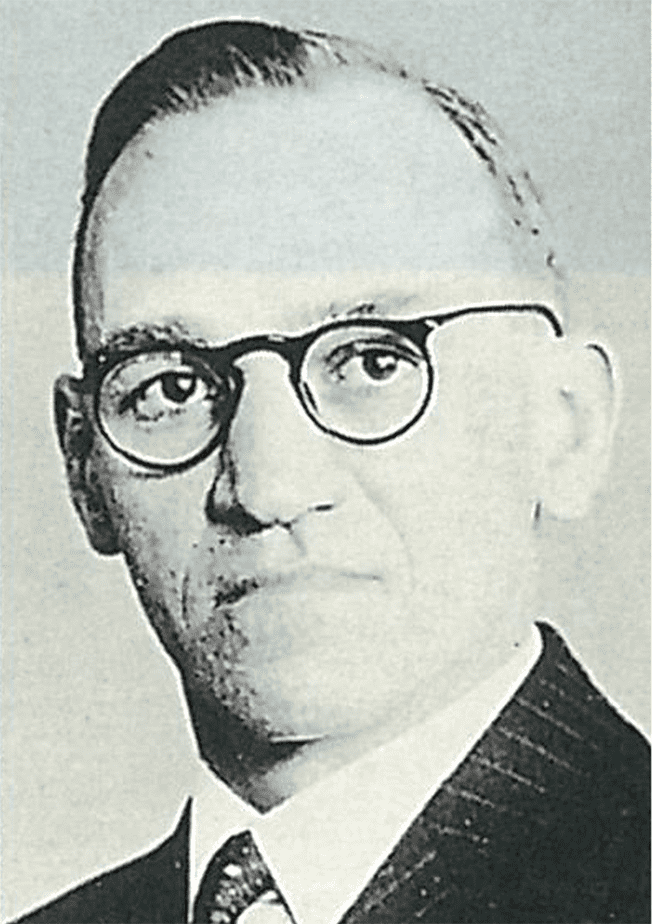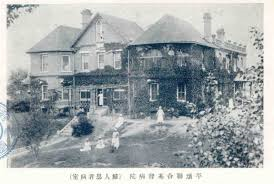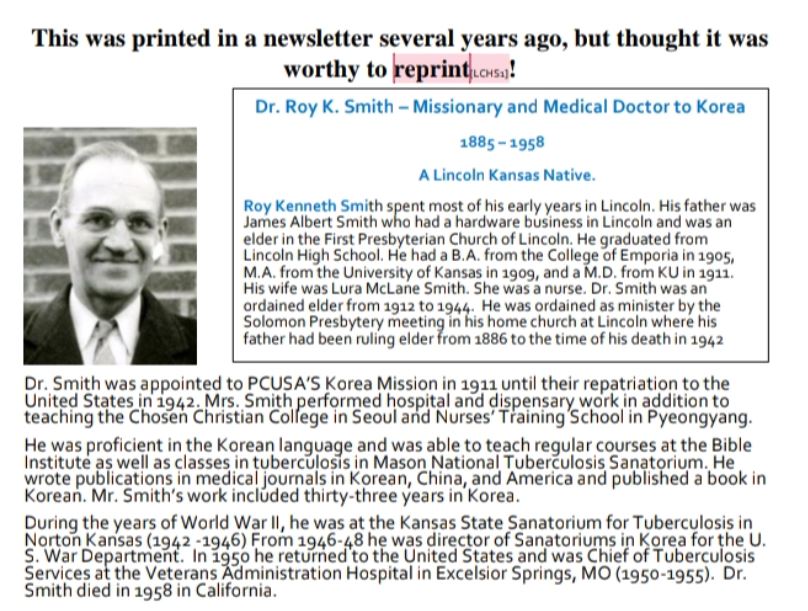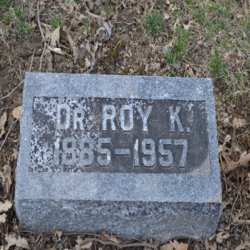 > Missionary Introduction
> Missionary Introduction

Roy Kenneth Smith, who was called Sim Euido, was born on April 28, 1885 in Lincoln, Kansas, central U. S. After graduating from College of Emporia in 1905, he studied medicine at the University of Kansas and became a doctor. In addition, he was ordained as an elder by First Presbyterian Church Lincoln Nebraska, and later received ordained pastor through Solomon's presbytery. Therefore, he was both a pastor missionary and a medical missionary.
In August 1911, Smith married a nurse, Lura McLane, and the two visited Korea together. Smith was appointed as the second director of Andong Sungso Hospital in Gyeongsangbuk-do after one year of internship training at Severance Hospital. First, he studied Korean hard and also served as a medical doctor. And actively participated in church work.

Cornelius Baker Memorial Hospital, the predecessor of Andong Sungso Hospital, 1939
In August 1917, Smith returned to the U.S. due to health problems. He then worked in Daegu from 1920 to 1922. According to his 1922 report, "It was the most prosperous year of The Dongsan Christian Hospital in history. This year, 17,364 patients visited the hospital, 548 patients were hospitalized, and the income exceeded 21,000 yen. It was reported that 178 patients with leprosy also received treatment at Aerakwon with the help of the leprosy missionary group.
In addition, he expressed his opinion on the health efficiency of missionaries working at mission sites in a paper titled "Health Efficiency," which he wrote in The Korea Mission Field during his ministry in Daegu.
Smith moved his ministry to Hwanghae-do in 1922. As a result, Jae-ryeong Hospital has a new look. As a pastor missionary, he achieved many evangelical activities and achievements from 1922 to 1927, with the number of converts reaching 2,906. Although he is a tuberculosis specialist, he demonstrated excellent skills in hospital construction and management, which is of primary concern wherever he went, and in 1931, he built a building for about $7,500 that would house offices, X-ray studios, and patient rooms.
He came to Pyongyang in 1934 and established Korea's first tuberculosis nursing home and treatment for tuberculosis prevention at the Pyongyang Union Christian Hospital in by 1940.
And in 1940, the ministry moved to senzhon Midong Hospital and expanded its tuberculosis treatment activities and projects as a tuberculosis specialist doctor. As a result, 22 Christian hospitals nationwide have started treatment projects for tuberculosis patients.

Pyongyang Union Christian Hospital
He left Korea in 1942 due to Japan's expulsion, and on October 1, 1948, he was appointed as the sixth hospital director of Dongsan Christian Hospital. Reappointed as a hospital, he first regained ownership of the hospital from Japan. In addition, the Daegu Missionary Branch and the Gyeongbuk Presbytery organized a committee, created a articles of association, and operated a temporary board of directors.
At that time, the hospital's income was 33.6 billion KRW, and its expenditure was 33.1 billion KRW, which was liabilities, but it was all liquidated in three months. All hospital staff voluntarily participated in the worship every morning before starting work, and even the service room was small so that they could not enter all of it.
Hospital reports from 1948 to 1949 included internal medicine, surgery, pediatrics, gynecology, otolaryngology, dentistry, and radiology, along with outpatient clinics. In fact, there were seven departments, including 68 beds, and 1,246 people were hospitalized during this period, and outpatients were 18,153 people and the number of treatments were 61,979 times.
After 33 years of ministry in Korea, he returned to Korea in 1949. And on July 31, 1957, at the age of 72, he was called by God in Pasadena, California.
His later evaluation of Korea was, first, Roy Smith was a special strike force for Korean missionary work. He traveled from Hwanghae-do to Daegu to do missionary work, and second, as a medical missionary and tuberculosis expert, he took the lead in treating patients and promoted great development in this field. Third, as a pastor missionary, he evangelized and converted many people. Fourth, he said that he was a genius in the construction and management of the hospital.

Roy Kenneth Smith's obituary

Roy Kenneth Smith's Tombstone